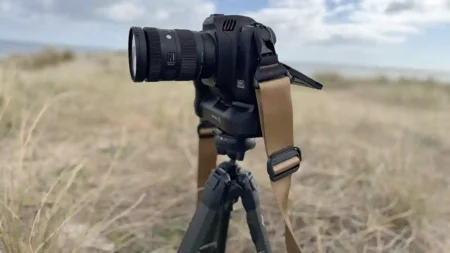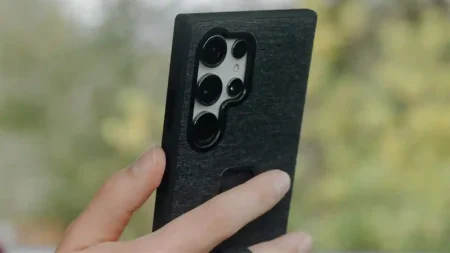Leica CL Snap Verdict
The Leica CL is the type of camera that makes photographers smile when they pick it up, it looks great and it feels even better in your hand. Add in the clever interface that makes superb use of the limited collection of physical controls, the touch-screen and the high-quality results and you have a very attractive camera. However, there are a few oddities with the interface that I’d like to see sorted out with a firmware upgrade and, as usual with Leica cameras, it commands a high price especially compared to models like the Fujifilm X-E3.
For Leica CL
- Superb build quality
- Leica heritage and optical quality
- Streamlined control system
Against Leica CL
- A few quirks in the interface need to be ironed out
- Limited range of directly compatible APS-C format lenses
- High price
What is the Leica CL?
The Leica CL is a 24Mp APS-C format compact system camera (CSC) or mirrorless camera with the Leica L lens mount. It sits alongside the Leica TL2 in the company’s interchangeable lens camera line-up and although has a very similar specification, the CL has a more traditional ‘Leica-look’ along with a few more buttons around the touch-screen.
Features
Leica has given the Leica CL a very similar specification to the TL2 announced in July 2017. The 24.24-million-effective-pixel APS-C sized (23.6 x 15.7 mm) CMOS sensor and Maestro II processing engine, for example, are the same.
Leica has also stuck with the same 49-point contrast detection autofocus system for the CL as is found in the TL2. These points can be selected using Single point, Multi-zone, Spot, Face detection or Touch AF modes or using the tracking option for moving subjects.
Leica is known for keeping things simple and concentrating on the most important aspects of photography, but in addition to aperture priority, shutter speed priority and manual exposure mode, the CL has Automatic Program and other fully automatic modes along with 12 user-selectable scene modes to make getting the correct settings easier for inexperienced photographers.
There’s also a small collection of Film Styles available (Standard, Vivid, Natural, B&W Natural, B&W High Contrast) that allow you to tailor jpeg images to suit the subject or conditions.
It’s also possible to record 4K (3840 x 2160) video at up to 30fps, or Full-HD (1920 x 1080) video at 60 or 30 fps and Wi-Fi connectivity is built-in for easy image transfer to a smartphone.
Electronic Viewfinder
Unlike the TL2, the Leica CL has an electronic viewfinder (EVF) built-in. This is a 2.36Mp (1024×768) device with magnification of 0.74x. Just to the right of the viewfinder as you hold the camera is the diopter adjustment (+/-4). This has to be pulled outwards before it can be rotated, which ensures that it won’t adjust as you pull the camera from your bag.
Lens compatibility
The Leica CL and TL2 have the Leica L-mount and this enables Leica TL lenses that are designed for APS-C sized lenses or full-frame Leica SL lenses to be mounted directly on the camera. There are currently six TL optics, three zooms – the Super-Vario-Elmar-TL 11-23mm f3.5–4.5 ASPH., Vario-Elmar-TL 18-56mm f/3.5–5.6 ASPH. and the APOVario-Elmar-TL 55-135mm f/3.5–4.5 ASPH. plus four prime lenses – the Elmarit-TL 18mm f/2.8 ASPH., Summicron-TL 23mm f/1:2 ASPH. and the Summilux-TL 1:1.4/35 ASPH. and the APO-Macro-Elmarit-TL 60mm f/2.8 ASPH.
Owners of Leica M-mount and R-mount optics can mount them on the CL or TL2 via adaptors.
Build quality and handling
The CL looks and feels every bit like a Leica camera. It has the density and solid feel that you expect along with a high-quality finish. The top and bottom plates are made from anodised aluminium while the housing is magnesium alloy.
It looks nicely understated and has a fairly limited number of buttons and dials. There are just three buttons and the navigation pad on its back and two buttons and dials plus the shutter release and power switch on the top-plate.
It’s a very elegant looking camera that passes for a compact model with the new Emarit-TL 18mm f/2.8mm ASPH lens mounted. It also feels nicely balanced with this lens and the lightly textured surface on the flat front gives just enough grip, although a strap is a sensible precaution. A handgrip is available as an optional extra if you want to use long lenses.
There’s also an optional thumb support available to slip in the hot-shoe. This makes the CL feel much more secure in your hand and I recommend it as an additional purchase.
Viewfinder
While it’s not the largest electric viewfinder (EVF) available, it provides and clear view of the scene and does a good job of showing the image as it will be captured, taking into account the camera settings.
When the CL goes on-sale, the eye-sensor above the viewfinder of the CL will be in the same window as the finder to make it a little easier to keep clean. It has a separate window in the camera I shot with – although in other respects I’m told the camera is completely finalised and ready for reviewing.
Screen
Leica has given the CL a 3-inch 1.04Mp-dot touch-screen. I used this in a range of conditions, including bright winter sun and I found it doesn’t suffer unduly from reflections. It also has a wide viewing angle so if you want to use it to compose images at a very low or high angle, you can do so, but as the screen is fixed the image is foreshortened.
Adding a tilting or vari-angle bracket would make the screen much more useful for composing images at awkward angles, but it would disrupt the clean lines of the CL a little. My preference would be for the extra functionality, but each to their own.
The CL’s screen is very responsive to touch and it’s helpful to be able to tap it to set the AF point when you’re looking at the screen. However, if you enable Touch AF via the AF mode options in the menu, you lose the ability to move the autofocus point with the navigation pad. As you can’t use the touch-screen when you’re looking in the viewfinder, I mainly used the camera in Spot, Field (a larger area is used than in Spot mode) or Face Detection mode.
Controls
There are two dials that Leica calls ‘Setting Wheels’ on the top-plate, each with a central button. Pressing the button within the left dial allows you to select the shooting mode with the dial. The small display on the top-plate and the bottom left corner of the main screen show the currently selected mode with arrows either side and it’s just a case of scrolling through until you reach the one you want.
User interface
A long press of the button within the right-hand Setting Wheel reveals up to 8 options that can be adjusted – you can customise the options via the Main menu. When the options are revealed, you just need to scroll up or down to access the one you want – you can’t use the touch-screen for this. Once the feature you want is highlighted, press the button briefly again to close the screen and then again to bring up the selected feature’s options before making your setting selection
This short/long press approach has also been taken with the Fn (Function) button on the back of the camera. It can also be customised to give access to up to 8 features.
I think the short/long press arrangement is great as it reduces the number of buttons that are required and it speeds camera operation. However, there are a few quirks that need to be ironed out with a firmware upgrade. For example, Exposure Bracketing can be activated via the right button, but I couldn’t find a way to deactivate it without going to the main menu.
Similarly, although you can use the Function menu to set the camera to shoot in Auto Exposure or a Scene mode, you can only set it back to one of the advanced exposure modes via the left top-plate button and Setting Wheel. And, if you use the left button and wheel to set the exposure mode you’ll find that the full gamut of Scene modes isn’t available, you have to set the camera to Auto (or the last used Scene mode) and then use the Function menu to change the scene mode (or select Auto).
Performance
As the CL has an electronic viewfinder that shows the image with the selected camera settings applied, you get a pretty good idea of their exposure, white balance and colour at the shooting stage. That’s helpful because the CL’s Multi-zone metering system can be a bit unpredictable. Sometimes it delivers a perfect exposure even in tricky circumstances, but occasionally produces unexpectedly bright images.
Generally, it’s advisable to apply a traditional understanding of exposure and be ready to make adjustments if the scene has large bright or dark areas.
Colour
The CL delivers natural-looking images, though the Standard Film Style’s results might appear a bit flat. The Vivid mode often produces preferable results. Raw files usually look a tad more saturated and higher contrast than the jpegs in Standard mode due to the different interpretations between Leica’s and Adobe’s software.
The Auto white balance setting produces neutral images in sunshine and overcast conditions, but images can turn cold in heavy shade or after sunset. Sometimes, the Shade or Cloudy white balance settings or a Custom white balance value provide better results, especially in artificial lighting.
Image Quality
Leica uses the DNG raw file format, allowing for compatibility with Adobe Camera Raw even before official software support. Images at low to mid sensitivity levels have good detail and natural edges. The CL’s maximum ISO is 50,000, with performance comparable to similar APS-C format cameras like the Nikon D7500 and Fujifilm X-E3.
Noise is well-managed in jpegs, with some loss of fine detail at the highest ISO. However, shooting at ISO 25,000 rather than 50,000 shows a noticeable improvement in image quality. Images at ISO 12,500 and below are excellent, with almost invisible noise at ISO 1600.
The camera handles dynamic range well, allowing for significant brightening of underexposed low ISO images in post-processing.
Autofocus
The CL’s autofocus performs well outdoors in daylight, focusing quickly and accurately. In lower light, it remains competent, though occasional indecision may occur. The AF-assist light helps in poor lighting, particularly for close subjects like portraits.
While using the autofocus tracking, it generally keeps the subject in focus but can sometimes lose track. The autofocus system is suitable for everyday, street, landscape, and portrait photography, but it may not be ideal for fast-paced sports.
Sample Images
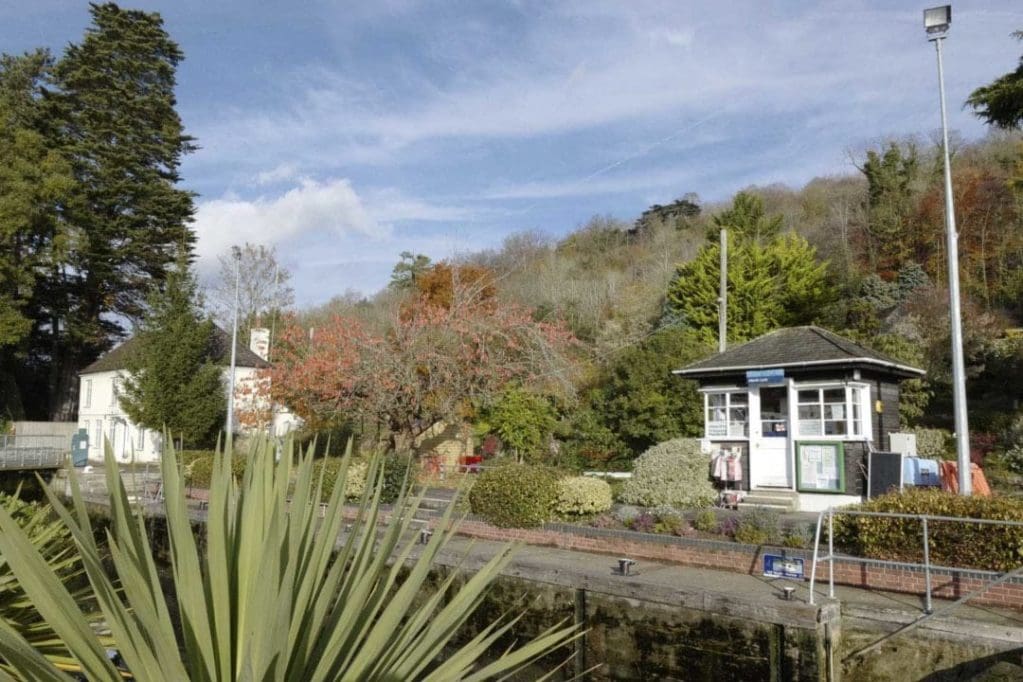

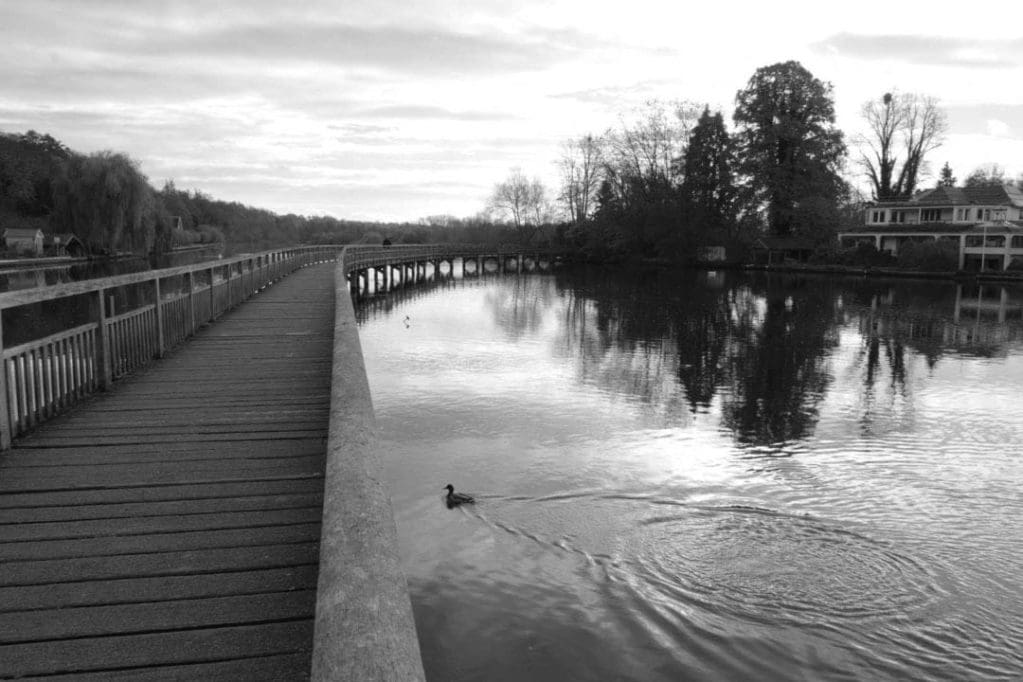
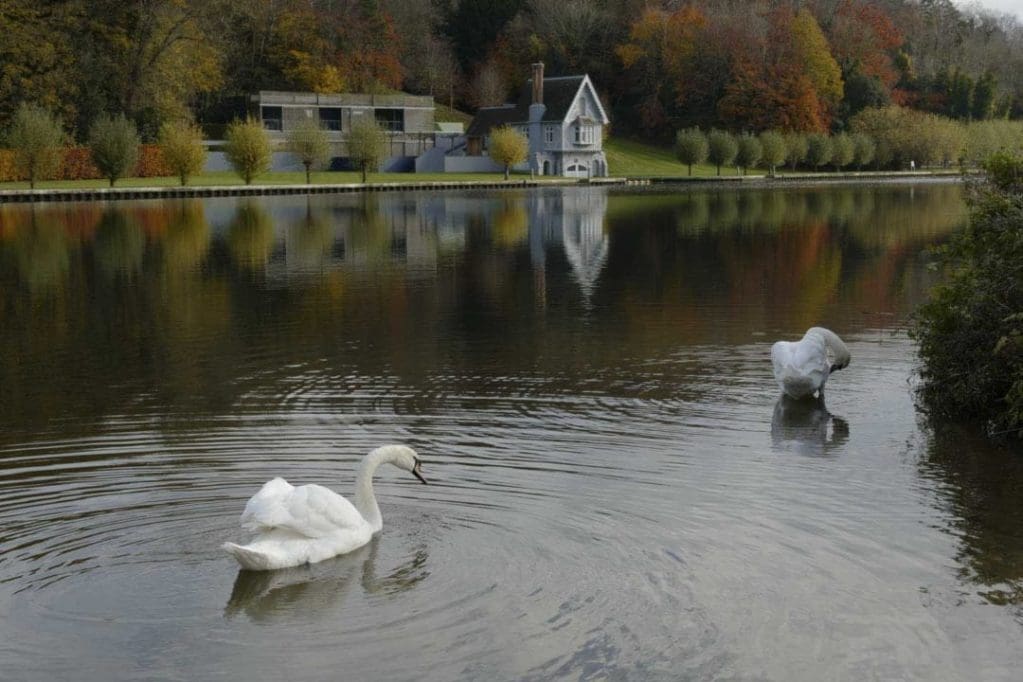
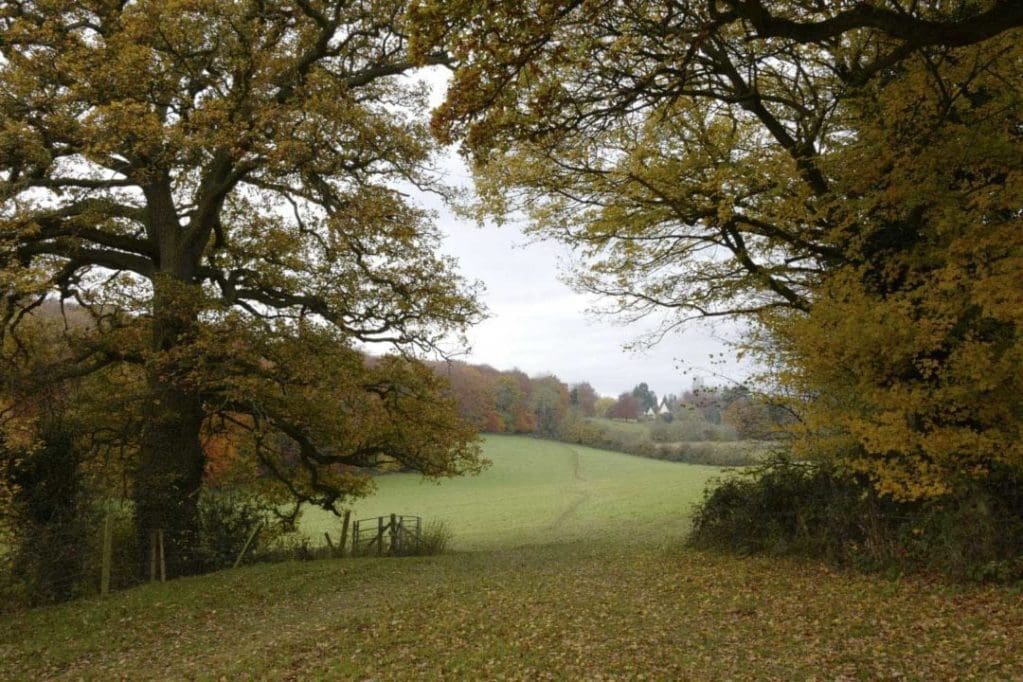

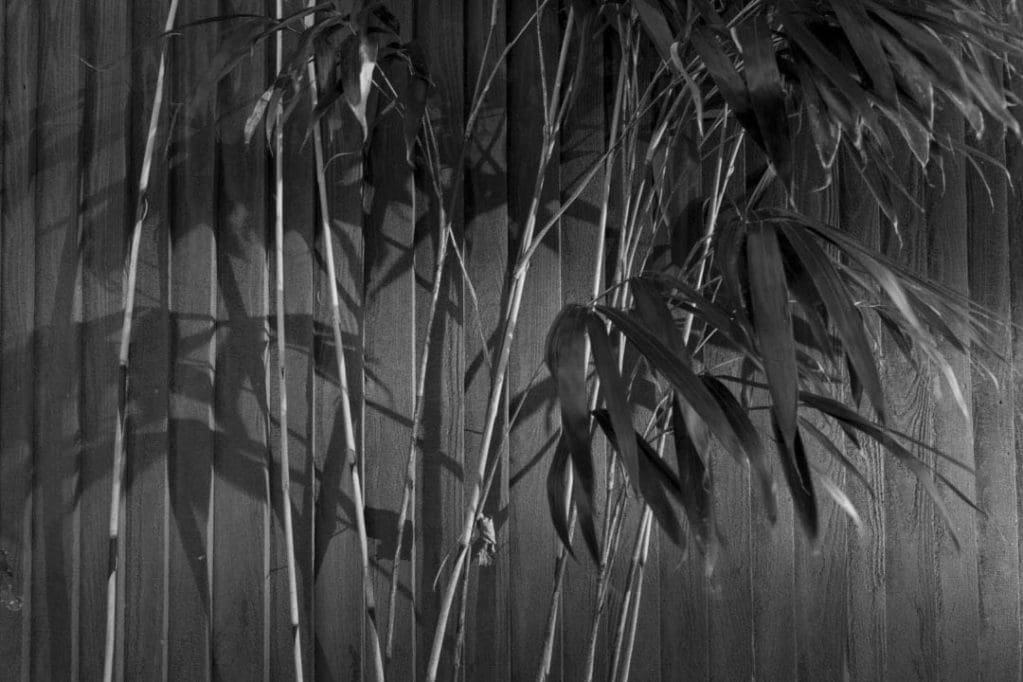
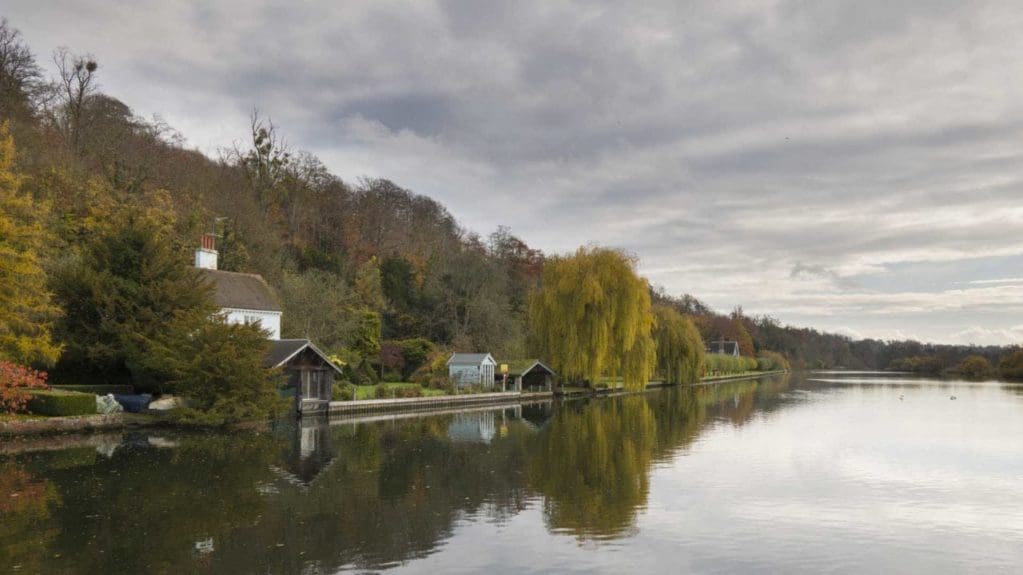
Follow the link to browse and download full resolution Leica CL images
Verdict
The CL is a nice combination of traditional Leica aesthetics and modern technology. Its high-quality build and imaging capabilities reflect Leica’s craftsmanship and expertise.
Although some quirks need addressing with a firmware upgrade, the control arrangement and interface of the CL are commendable. It offers extensive functionality with relatively few buttons and dials, and it is not overly reliant on the touch-screen, making it intuitive to use.
Should I buy the Leica CL?
The Leica CL’s price of £2,250 for the body only, or £3,150 with the Elmarit-TL 18mm f/2.8 ASPH lens, or £3,275 with the Vario-Elmar-TL 18-56mm f/3.5–5.6 ASPH lens, will be a significant factor in the purchase decision. The camera’s build quality, interface, and focus on key photographic elements provide a premium experience. The value placed on this experience will vary; for some, it will be invaluable, while others may find it hard to justify the cost. For those in the latter group, the Fuji X-E3, which is less expensive and still offers high-quality images and similar styling, might be a more suitable option.

